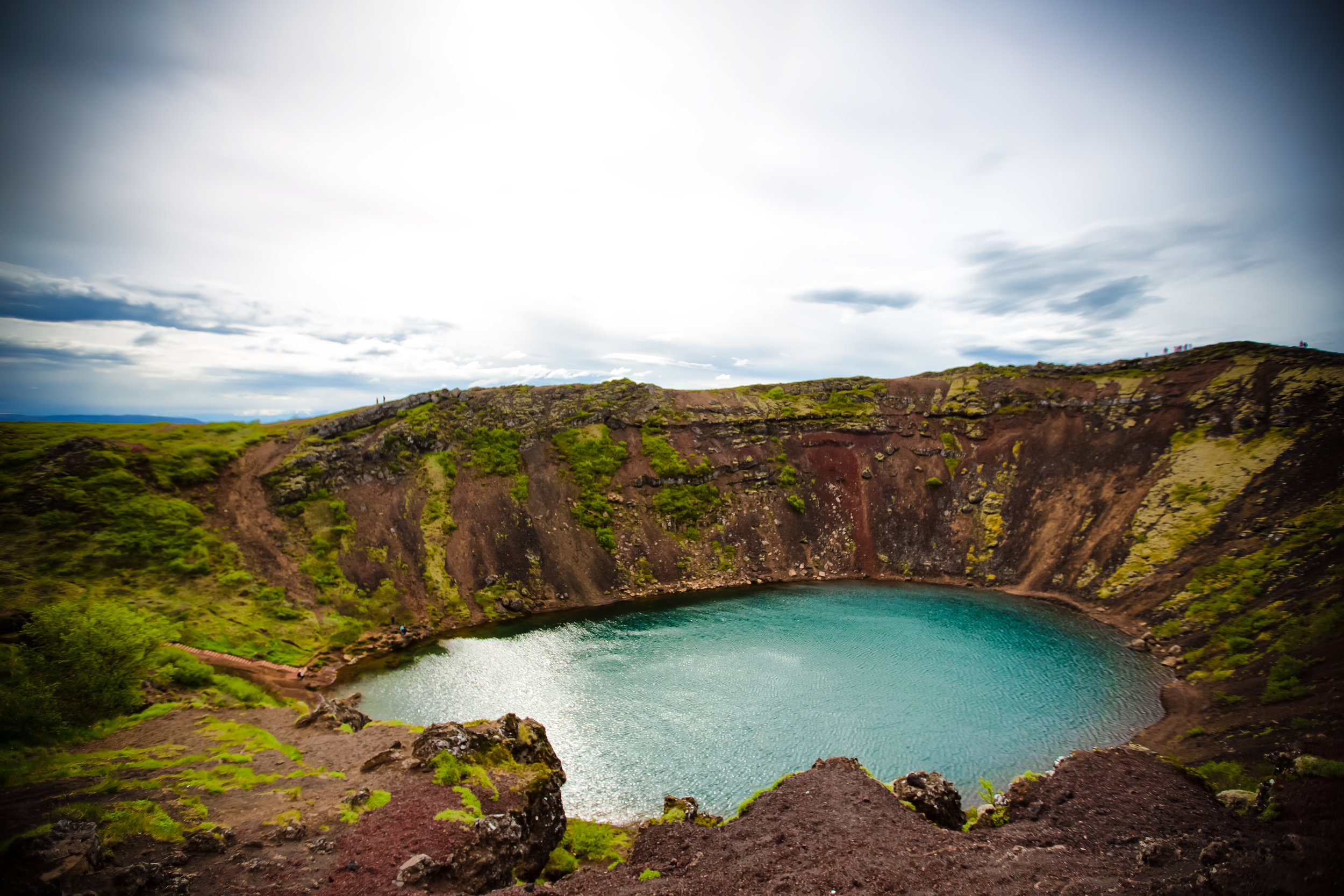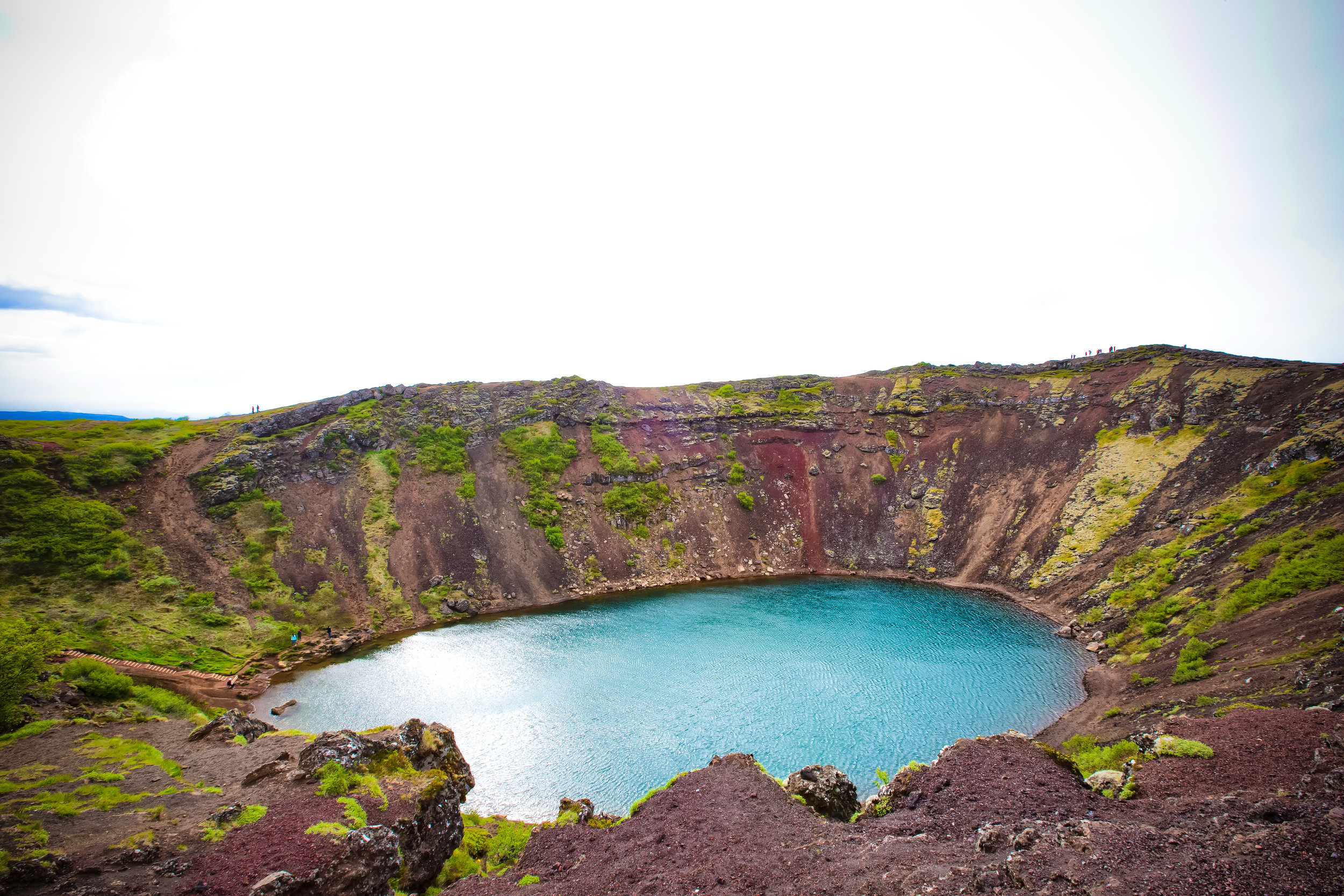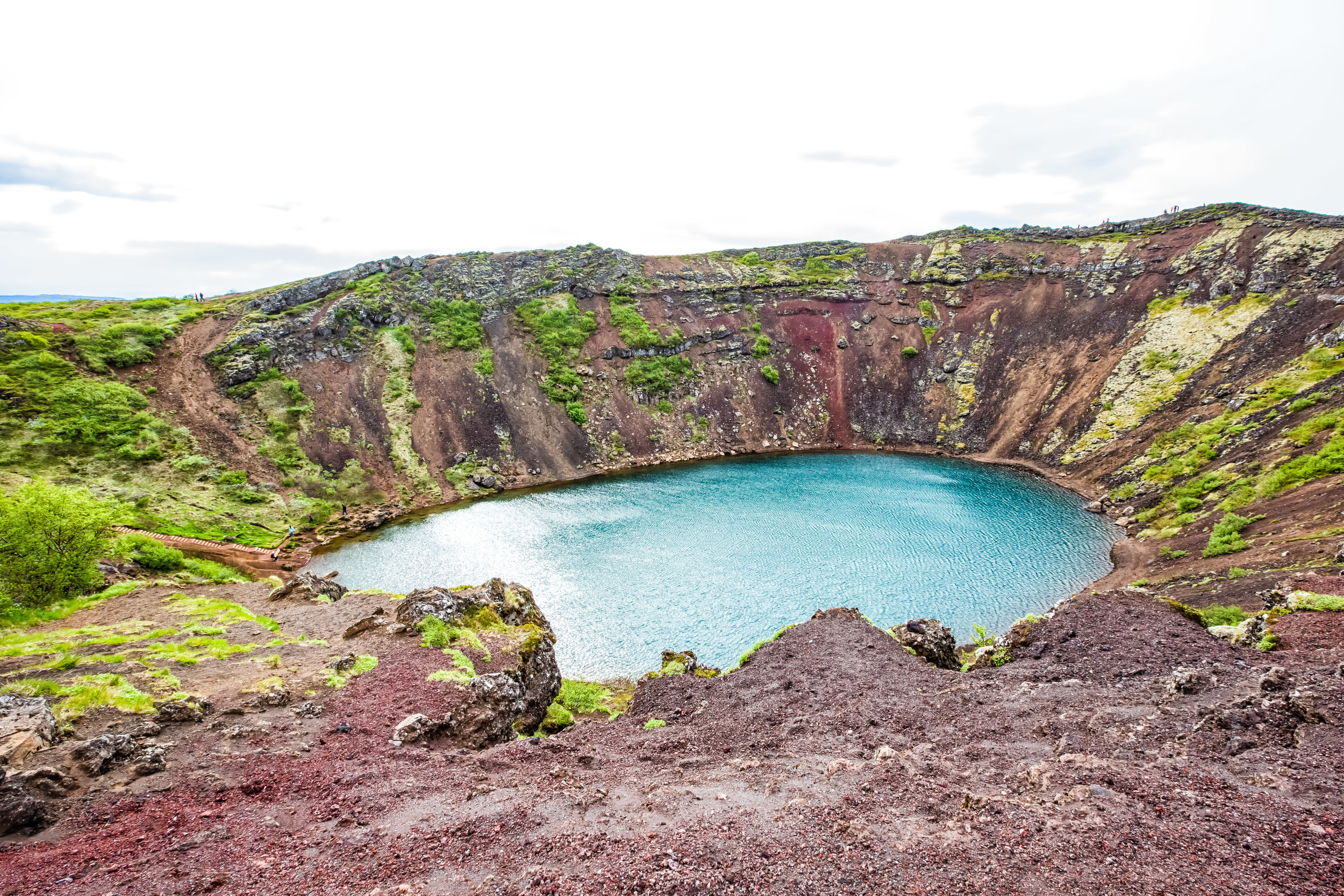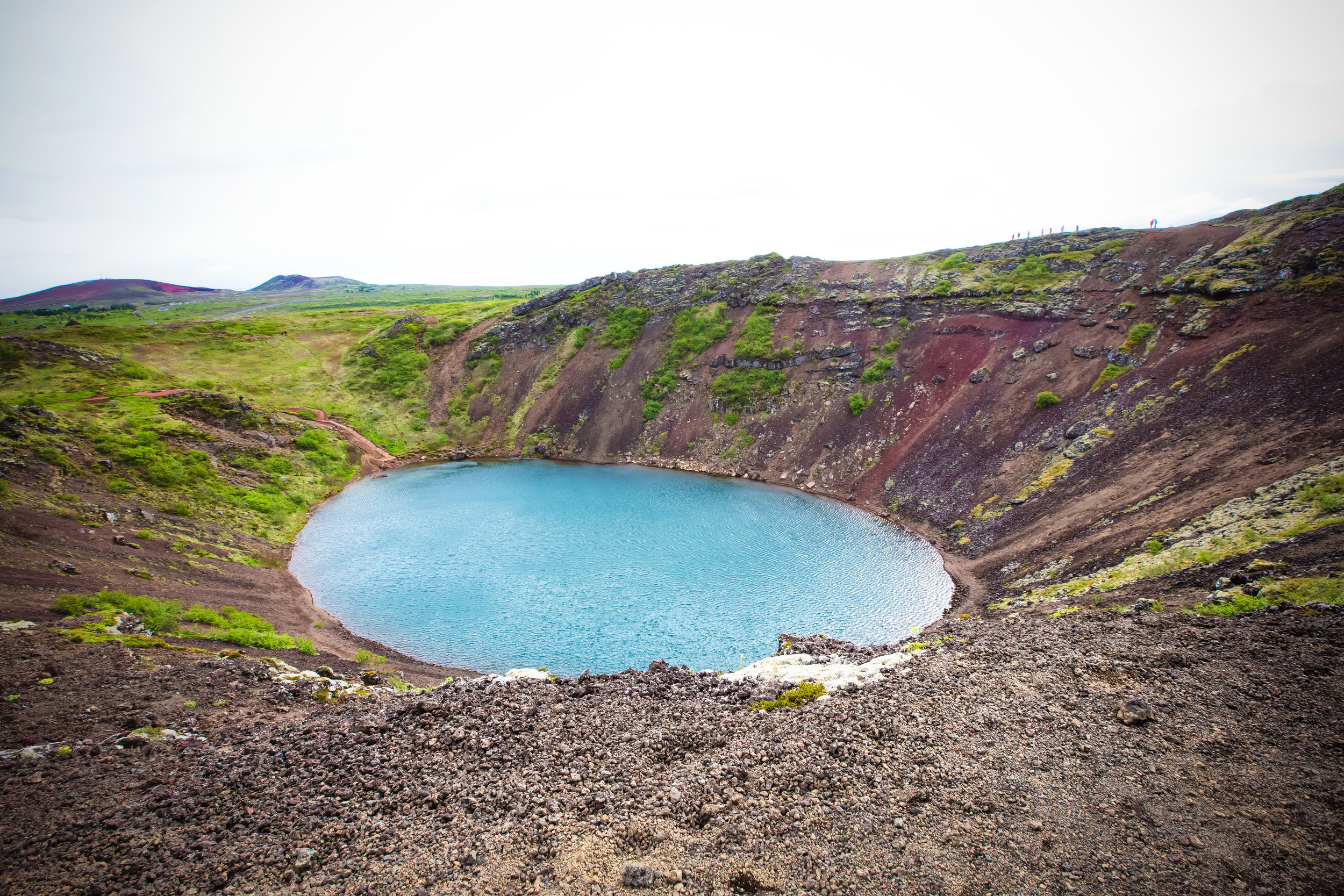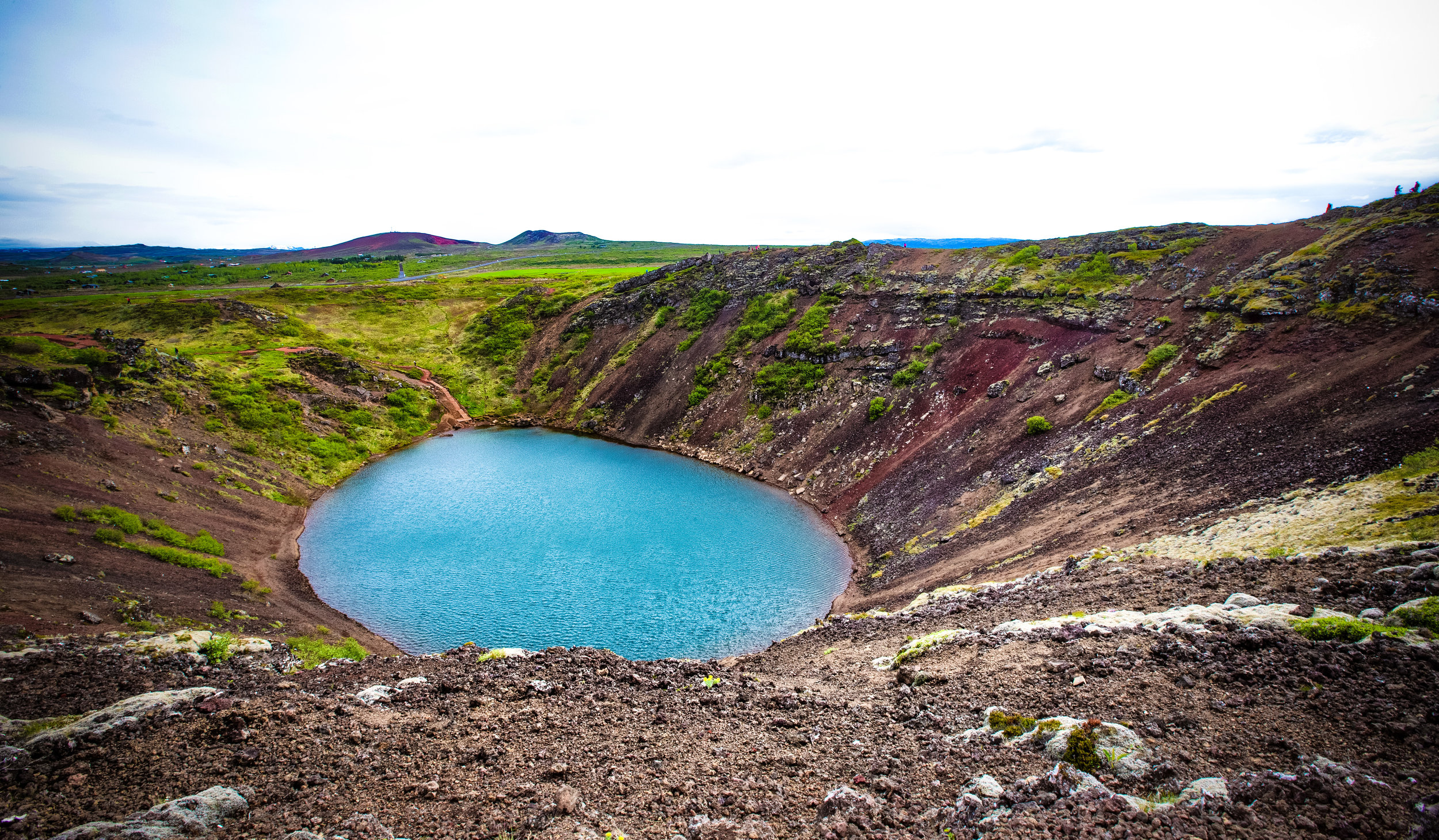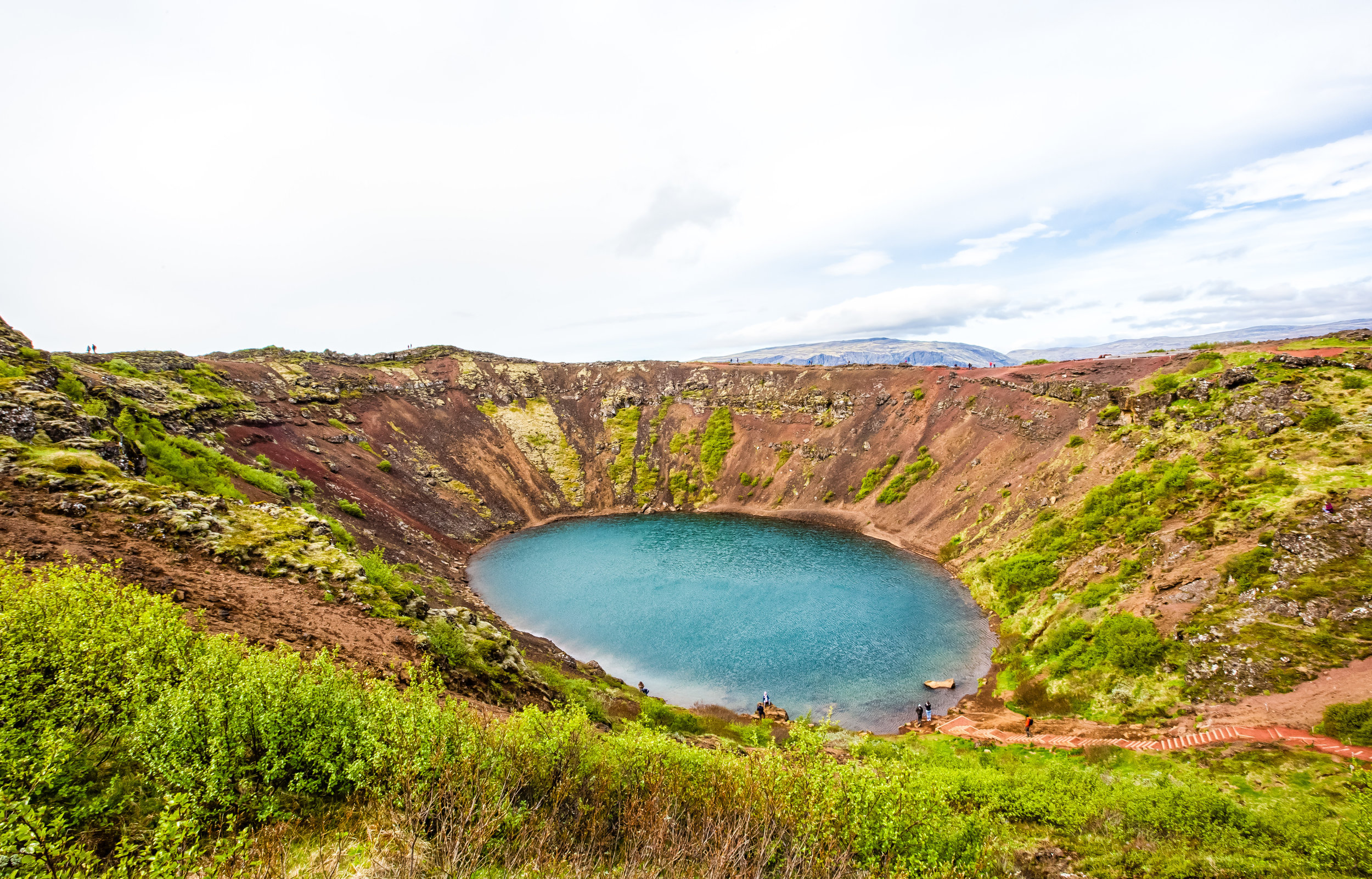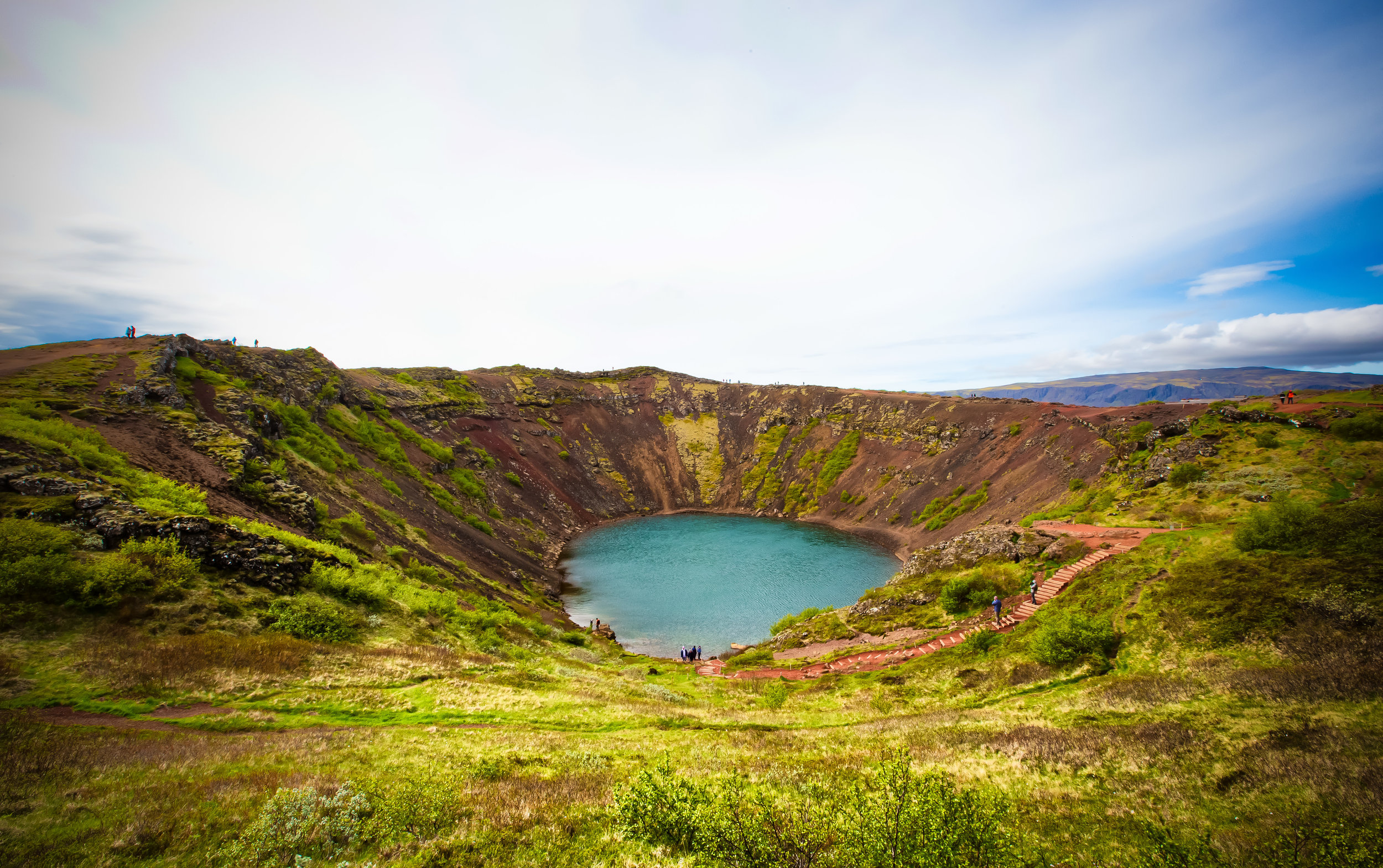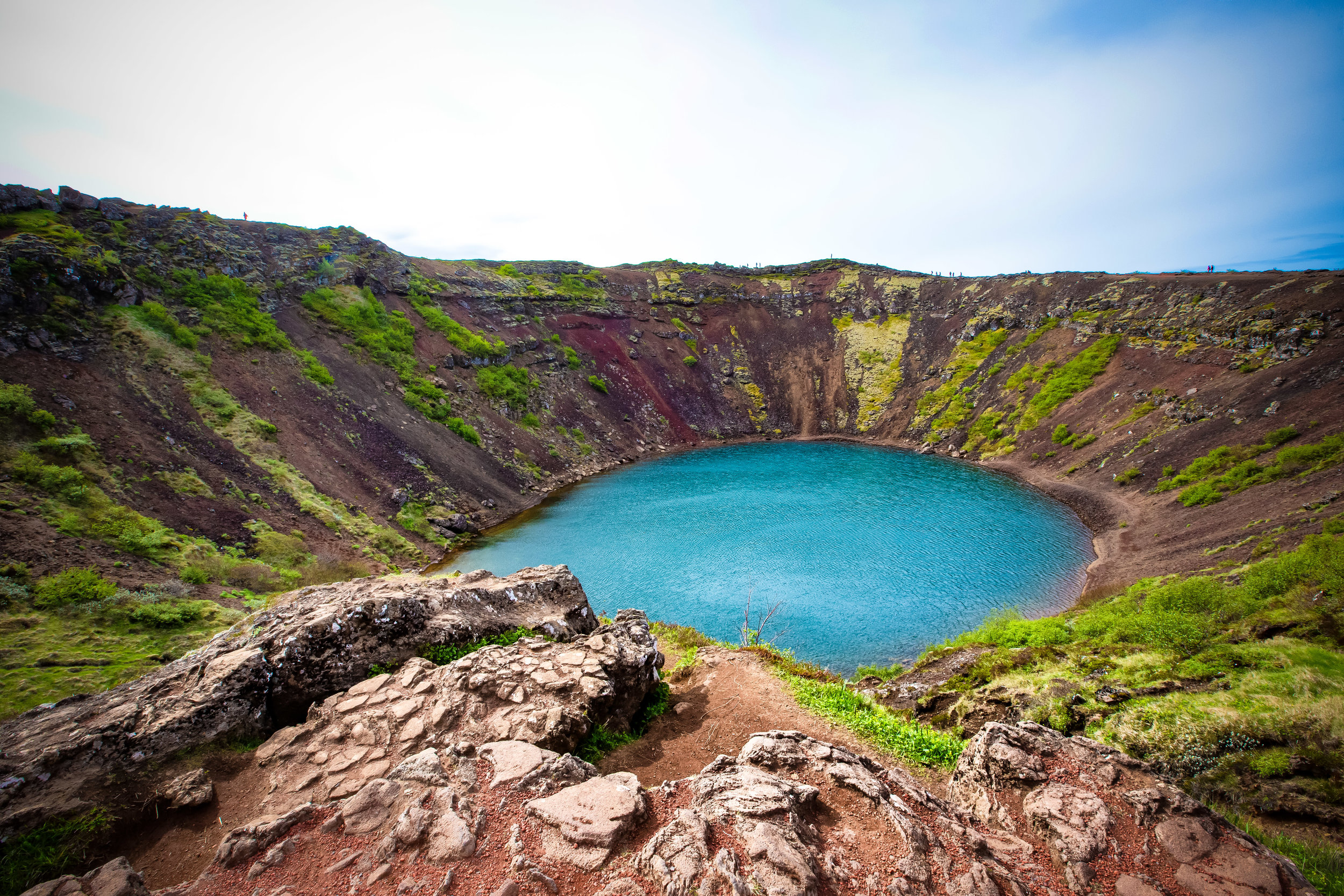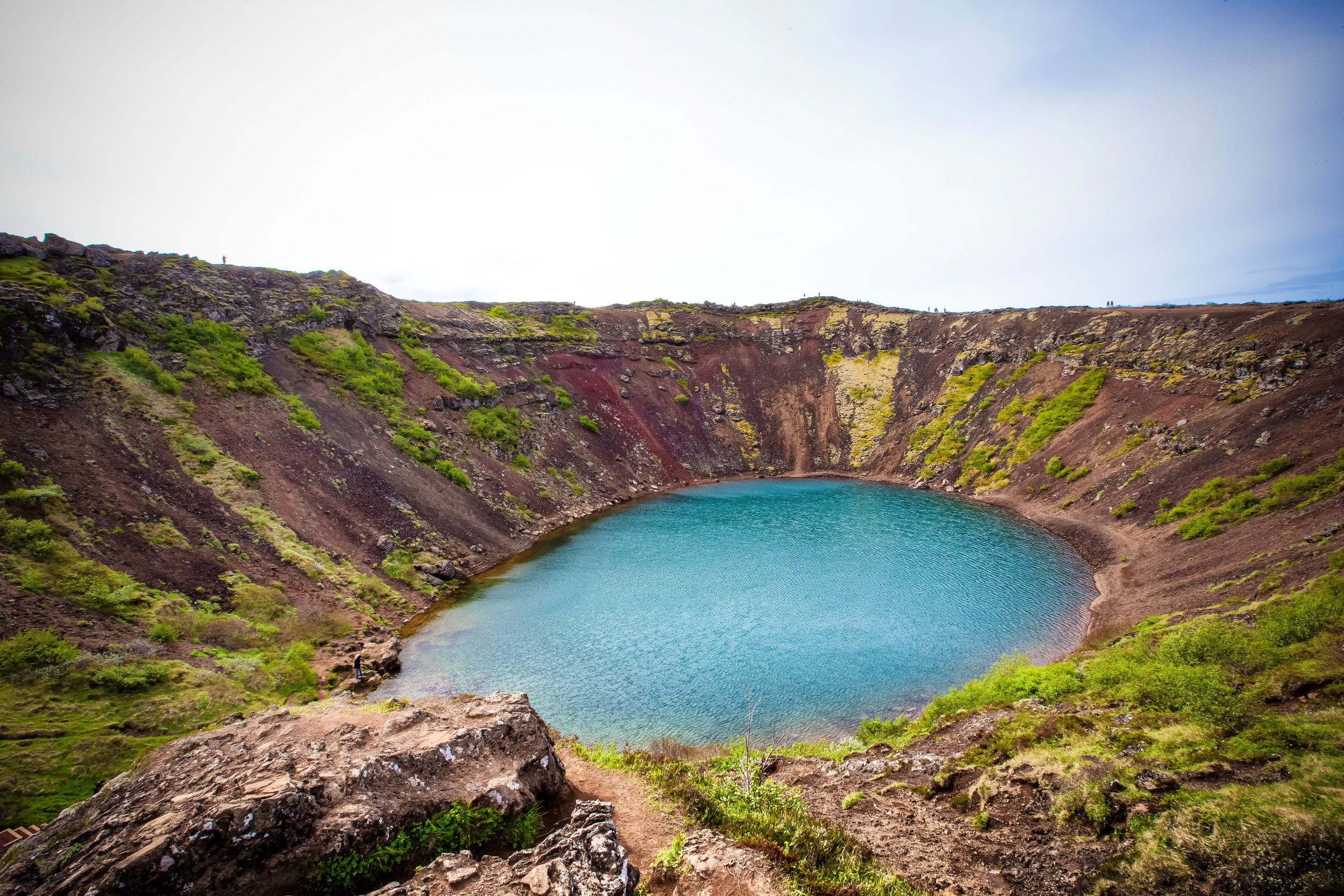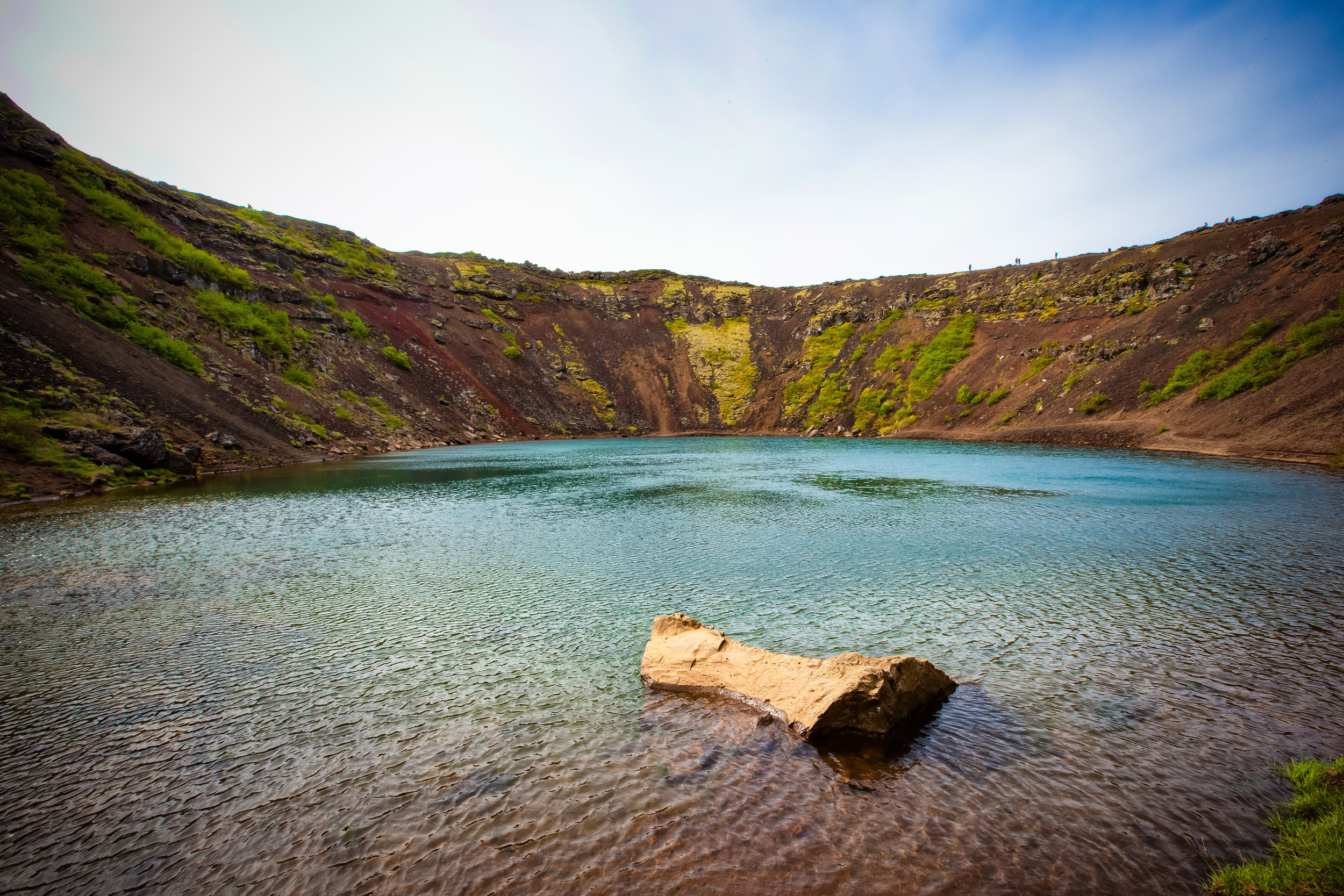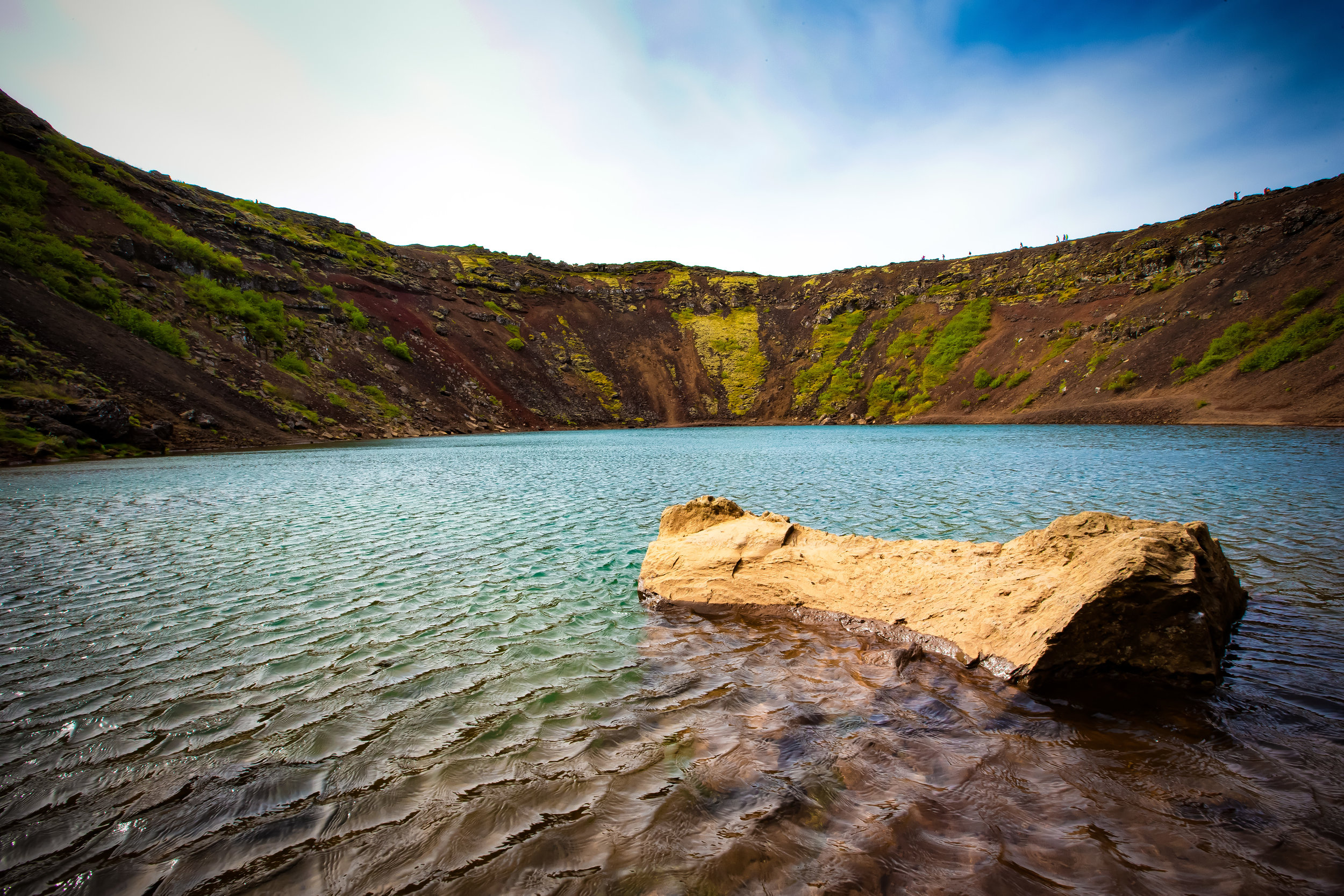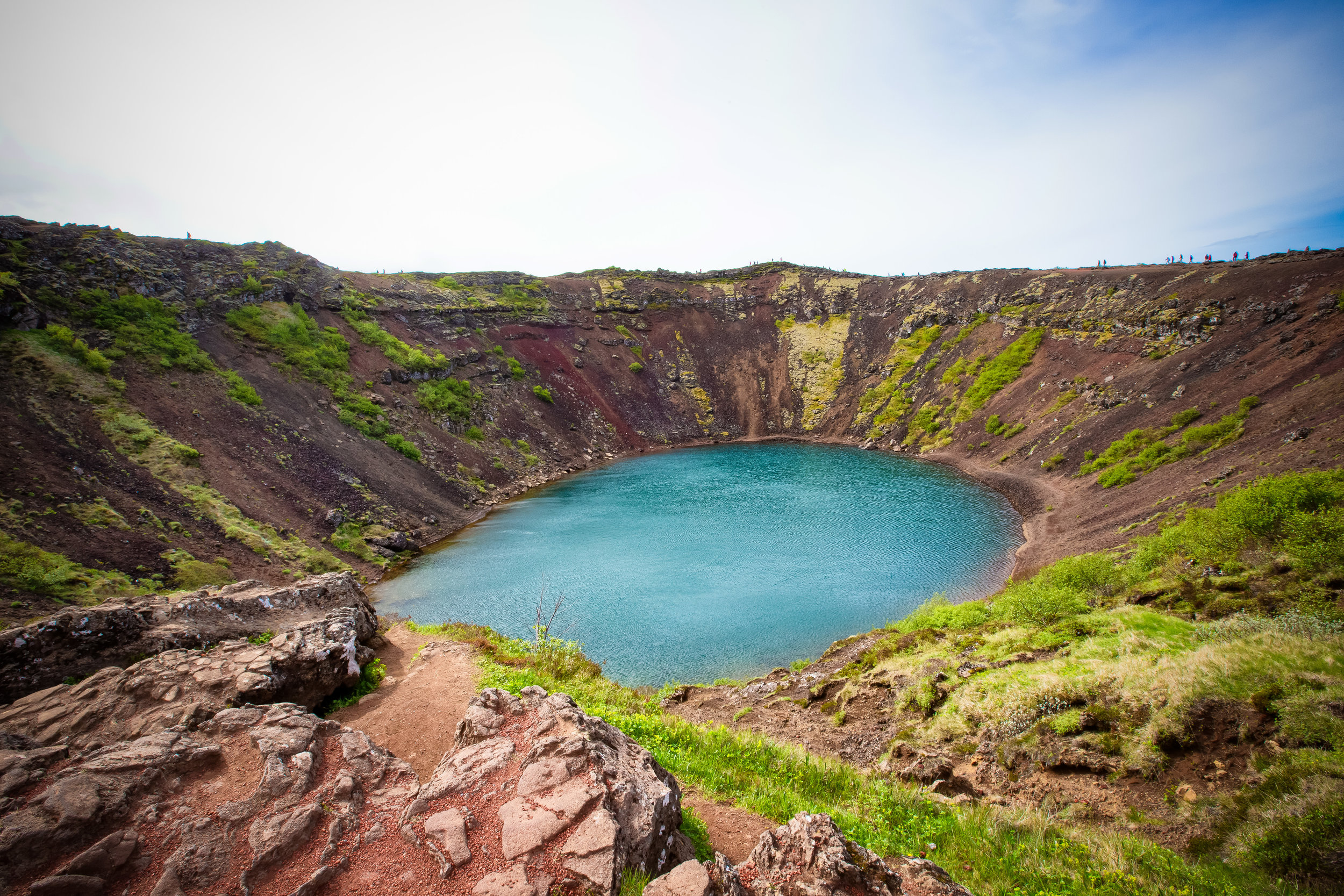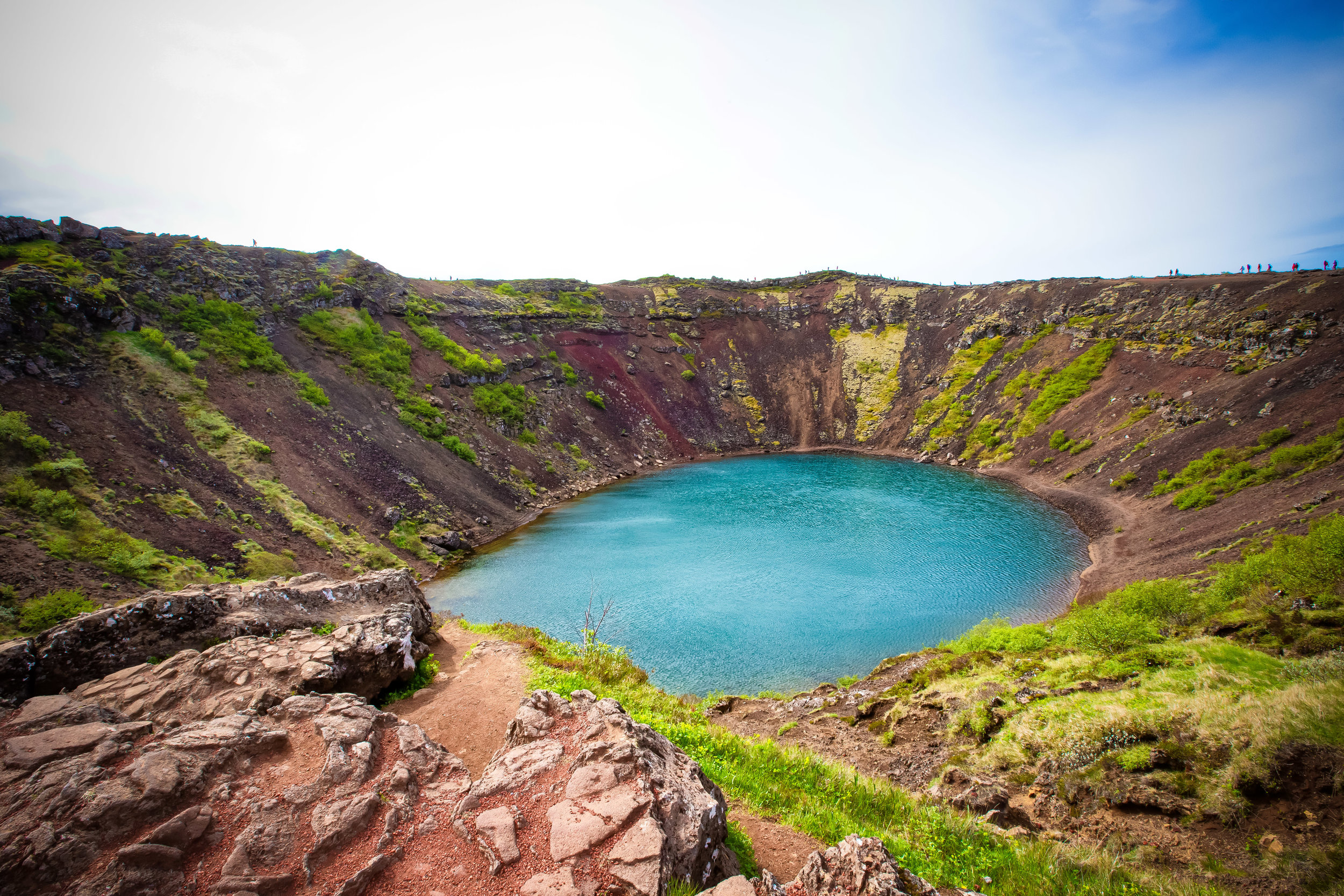Travelling along Iceland’s popular Golden Circle you’re going to be treated to some of the country’s most spectacular scenery in what is widely known as an extremely geologically-active environment. The Golden Circle is home to geysers, hot spring baths and spectacular geological beauty formed by hundreds of thousands of years of volcanic activity.
More significant to the people of Iceland though is that the geothermal environment that attracts its fair share of tourism has also been harnessed to generate clean electricity providing around 90% of the population with hot water and heating. With the remainder of Iceland’s electricity generated by hydro power, the country has been able to successfully reduce its reliance on fossil fuels to less than 1% of their total electricity production.
The ability to harness the earth’s natural power in such a significant way however comes with the knowledge that at any given time disaster may strike in the form of an earthquake or volcanic eruption.
Iceland is currently home to around 130 active (and inactive) volcanoes which directly contribute to the constantly changing nature of the country’s natural environment.
In 2010 for example, the relatively small eruption at Eyjafjallajökull caused massive disruptions to air travel around Europe and North America thanks to the tons of volcanic ash that it spewed for a period of six days.
What happens though when a volcanic eruption is too powerful?
In some cases a powerful eruption has the ability to completely collapse all the land around it forming a circular volcanic crater known to geologists as a caldera.
Iceland is home to quite a few of these craters, especially in the Western Volcanic Zone, and a few of them have become popular tourist attractions.
Most notable of those is ‘Crater Kerið’ in Southern Iceland which now serves as a popular destination for tourists along the Golden Circle route to see first-hand the awesome power of the Earth’s destructive capabilities.
Crater Kerið
The massive volcanic crater known as Crater Kerið (Pronounced: Kerith or Kerid) is one of Iceland’s youngest at an estimated age of around 3000 years but is well regarded for its visibly recognizable caldera.
Despite its relative youth, the crater has become a popular tourist attraction for its picturesque steep walls of red volcanic rock, aqua-blue crater lake and its convenient location next to the highway.
The crater measures 55 meters (180 ft) deep, 170 meters (560 ft) wide and 270 meters (890 ft) across. The depth of the crater lake tends to vary by season but is generally 7-14 meters deep.
It was originally thought that the crater was formed by a huge volcanic explosion, which is common with most craters of this kind. Upon further study however Scientists found no evidence of such an eruption in the area.
This discovery has led to the current theory that Kerið was once a cone-shaped volcano which erupted and ultimately imploded upon itself.
Scientists believe the eruption was a minor one (occurring around 6000 years ago) but resulted in the volcano depleting its underground magma reserve. The weight of the magma once on the surface collapsed the volcano forming the crater that we see today.
Conditions at the crater tend to vary by season - In the summer, visitors are treated to a colourful crater lake that reflects the sky with volcanic-red crater walls covered in beautiful green moss that blends in with a green valley for as far as the eye can see.
In winter on the other hand, the crater walls are often covered with snow and the lake freezes. If you’re there at the right time of day, it is said to be an amazing location for viewing the Northern Lights.
No matter what time of the year you visit, you will be treated to beautiful views of the surrounding landscape while walking the perimeter of the massive crater.
The landowners have set up a well-maintained path which allows visitors to completely circle the crater as well as allowing you to walk down to water-level of the crater lake.
If you are travelling to the crater in winter, be sure to wear proper footwear and a warm coat. If you are visiting in summer you may not need that warm coat or winter boots, but you’ll definitely need a windbreaker to protect yourself from the wind in the valley.
Getting There
If you are following the popular Golden Circle route, Crater Kerid is about a three-hour drive from the capital of Reykjavik. Most tourists will have already stopped by Öxaráfoss, the Geysir Geothermal Park and Gullfoss before reaching the crater.
Crater Kerid is located around 15 kilometres north of the town of Selfoss or 56 kilometres south of Gullfoss along highway route 35.
If you are following the Golden Circle route, it is likely that the crater will be one of your last destinations before heading back.
It should only take you around 40-50 minutes to arrive at the crater after leaving Gullfoss but that depends on whether or not you’ve stopped at Faxifoss or Skalholt before arriving at the crater.
If you’ve decided that you won’t bother renting a car while visiting Iceland, you’re going to have to rely on public transportation to get around. There are tours out of the capital offered by tour groups like Reykjavik Excursions which offer tourists access to several different stops for around $100USD. It is important to remember that if you want to book a tour that you should do so well in advance as the seats on the daily tours tend to fill up quickly.
Once you arrive at the crater there is an excellent car park provided for guests - You’ll want to take note however that there is now an entrance fee to gain access to the park. The entrance fee is a modest one at 400 ISK ($4.00 USD) per person and is used to help maintain the natural environment at the park.
Visiting Crater Kerid doesn’t really require a lot of time - If you walk around the perimeter of the crater and walk down to water-level it shouldn’t take you more than an hour. The area is a beautiful one though and is a great place to take some landscape photos. You may also want to consider preparing some food and having a picnic before heading off to your next destination.
After travelling around the Golden Circle you may feel a bit underwhelmed with the crater but the crater is an excellent example of the geothermal nature of Iceland’s geography and paints a picture of the land’s storied past. It is definitely worthwhile to stop by and check it out - especially after a day of checking out waterfalls
Gallery / Flickr (High Res Shots)
